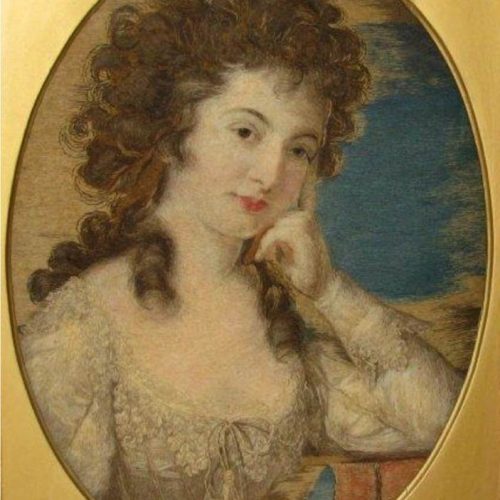text by Agnieszka Sienkiewicz-Charlish
We all know the story of Dr Jekyll and Mr Hyde – the story of two different personalities trapped in one body. But in the case of Craig Russell’s Hyde this knowledge is used against the reader: you think you know what to expect and consequently miss the clues.

The novel is set in Victorian Edinburgh. Hyde is the Captain of Edinburgh’s Police force and is deeply troubled by his past and his time as a soldier in India. He is also suffering from a rare form of epilepsy that causes hallucinations and episodes which take him out of the real world and put him in the Celtic otherworld. These episodes are followed by the loss of time and memory of the events that preceded them. Hyde is hiding his condition from his superiors, but as he keeps investigating a series of ritualistic murders he starts to question his sanity and begins to fear he might be responsible for gruesome murders that he does not remember committing. When a close friend and doctor is found murdered Hyde finds himself a suspect. Can Hyde stop the murderer before he strikes again or will he come face to face with the monster who hides within himself?
The novel is promoted with the slogan: “There is no Jekyll, only Hyde” and it is true. In fact, the novel is not a retelling of Jekyll and Hyde, although references to R. L. Stevenson’s masterpiece are present, with Stevenson appearing both in the opening and at the end of the novel. The shadow of Deacon Brodie – a gentleman by day, a thief by night – which is said to have inspired Stevenson’s novella also appears in the story. As is the case in many neo-Victorian texts, this novel also gives voice and agency to those who were denied it in the nineteenth century – women, with Dr Cally Bur (a pathologist) as the most interesting example.
Russell combines the elements of the police procedural with easily recognisable Gothic motifs and themes. The atmosphere of terror, the theme of duality, the supernatural elements, the return of the past upon the present, the city as a threatening social space are all staple elements of Gothic fiction. Moreover, Hyde is steeped in Celtic folklore and mythology: devil hounds, banshees, Threefold Death and Balor are just some of the supernatural elements interwoven into the story. The novel’s engagement with Scotland’s past is further realised by introducing the story of the Dark Guild – a secret society hidden underneath Edinburgh and run by Deacon Brodie.
Scottish literature has been strongly influenced by the Gothic and one of the recurrent thematic features has been the motif of the double. In the Scottish fiction of the 19th century the motif of the double has become the embodiment of national anxieties, i.e. the lack of a coherent identity for the Scottish nation after the Union of 1707. Craig Rusell’s Hyde is another example that the idea of a split Scottish psyche is still central to reading texts of Scottish culture. As Rusell’s Stevenson says in the opening of the novel: “Perhaps it’s the Celt in me that leads me to such obsessions. Or maybe it’s because our country itself has a divided personality: that Scotland’s dual sense of self echoes in its sons”.
Craig Russell, also known as Christopher Galt, is a Scottish novelist whose books have been translated into twenty-five languages. His books often include historical or mythological themes. His previous works include The Devil Aspect (2019), the Fabel series of thrillers, and the Lennox series of noir mysteries. In 2021 Russell won the McIlvanney Prize for Scottish Crime Fiction for his novel Hyde, making him the first in the prize’s history to win twice.
Works Cited:
Russell, Craig. Hyde. Constable, 2021.


